Art for Preventable Extinction
Art for Preventable Extinction works with Globally Recognized Artists who allow their Art to be used in helping with Preventing the Extinction of the world’s Animal Species.
“critically endangered species is one that has been categorized by IUCN as facing an extremely high risk of extinction in the wild.”
Latest Works: Reserve Now

H. 34 cm L. 23 cm l. 20,9 cm H. 13.4’’ L. 9’’ l. 8.2’’
In 1931, François Pompon unveiled the Head of an Orangutan, a work in black marble depicting the animal with disconcerting realism. Ninety years later, Art for Preventable Extinction, a non-profit organisation that acquired one of the three models of the work, presents a limited-edition series of 499 reproductions in porcelain made by Bernardaud.
Thanks to new technologies and the technical prowess of the craftsmen, the 1930 plaster has been scanned and reproduced to create this limited edition. Bisque porcelain was chosen because its mat finish highlights the details of the original plaster.
A portion of the sales profits will be donated by APE to the World Wide Fund for Nature, WWF is the world’s leading independent conservation organisation. Its mission is to create a world where people, nature and wildlife can thrive together. WWF are tackling the causes that are driving nature’s decline – notably the food system and climate change. And they’re working in partnership with communities and businesses across the world to find ways to help transform the future for the world’s wildlife, rivers, forests and seas – to ensure future generations have a world with thriving habitats and species.
Register your interest
ABOUT US – NGO Mission Statement
Art for Preventable Extinction , founded by Angus Murray, is a Non-Government Organization (Not-for-Profit) dedicated to protecting and expanding the natural environment by supporting conservation programs that will help prevent the extinction of the world’s animal species.
Proceeds to registered charities
Thank you to Joel Sartore/National Geographic Photo Ark for allowing us to use a selection of images on this site
Details on extinction – The Facts
-
60%
World Wildlife Fund report found that 60% of the world’s animals have vanished in 40 years.
-
150
More than 150 acres of Amazon rainforest is lost every minute of every day.
-
Half
By the year 2100, human activities such as pollution, land clearing, and overfishing may drive more than half of the world’s marine and land species to extinction.
-
Images © Joel Sartore/National Geographic Photo Ark
Conservation Programmes
overviewBornean orangutan
(Pongo pygmaeus)
Conservation Status

Critically Endangered (IUCN 3.1)
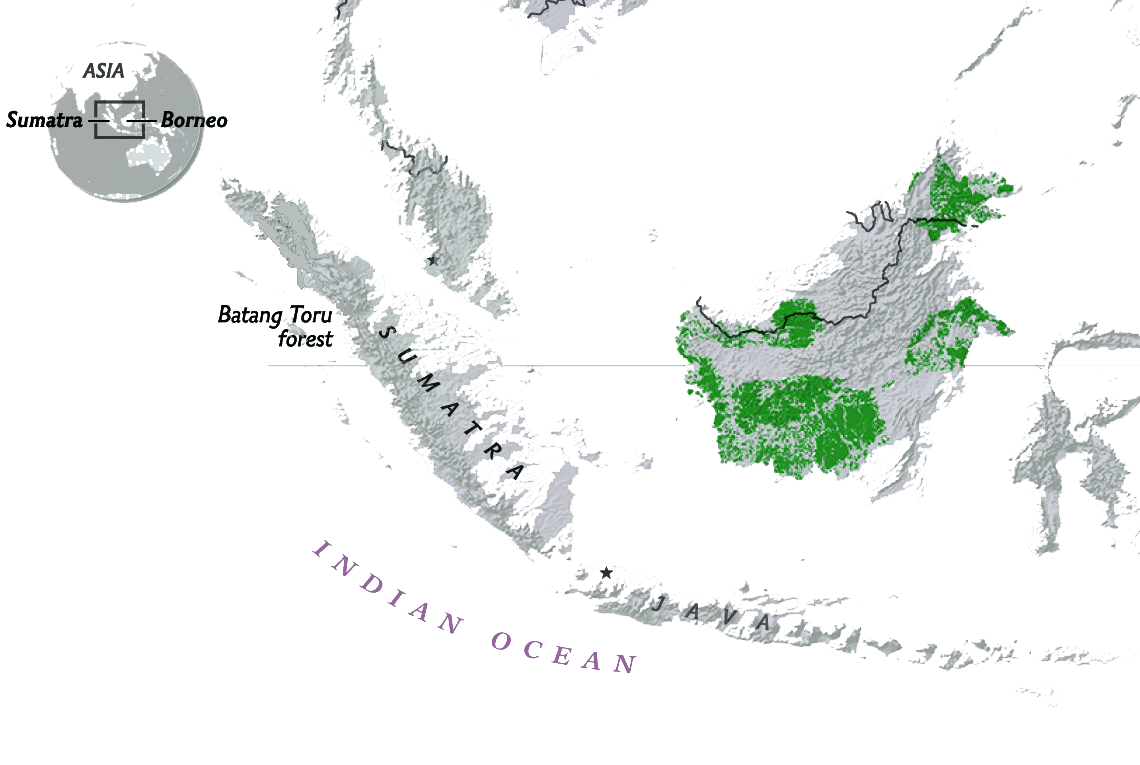
The Bornean orangutan (Pongo pygmaeus) is a species of orangutan native to the island of Borneo. Together with the Sumatran orangutan and Tapanuli orangutan, it belongs to the only genus of great apes native to Asia. Like the other great apes, orangutans are highly intelligent, displaying tool use and distinct cultural patterns in the wild. Orangutans share approximately 97% of their DNA with humans.
The Bornean orangutan is a critically endangered species, with deforestation, palm oil plantations, and hunting posing a serious threat to its continued existence.
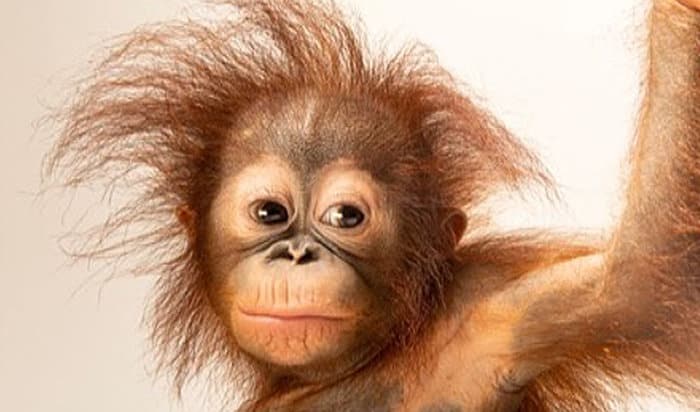
The Bornean orangutan is a critically endangered species.
Images ©Joel Sartore/National Geographic Photo Ark
Sumatran orangutan
(Pongo abelii)
Conservation Status 
Critically Endangered (IUCN 3.1)

The Sumatran orangutan (Pongo abelii) is one of the three species of orangutans. Found only in the north of the Indonesian island of Sumatra, it is rarer than the Bornean orangutan but more common than the recently identified Tapanuli orangutan, also of Sumatra. Its common name is based on two separate local words, "orang" ("people" or "person") and "hutan" ("forest"), derived from the official language of Malaysia, Malay, and translates as 'person of the forest’.
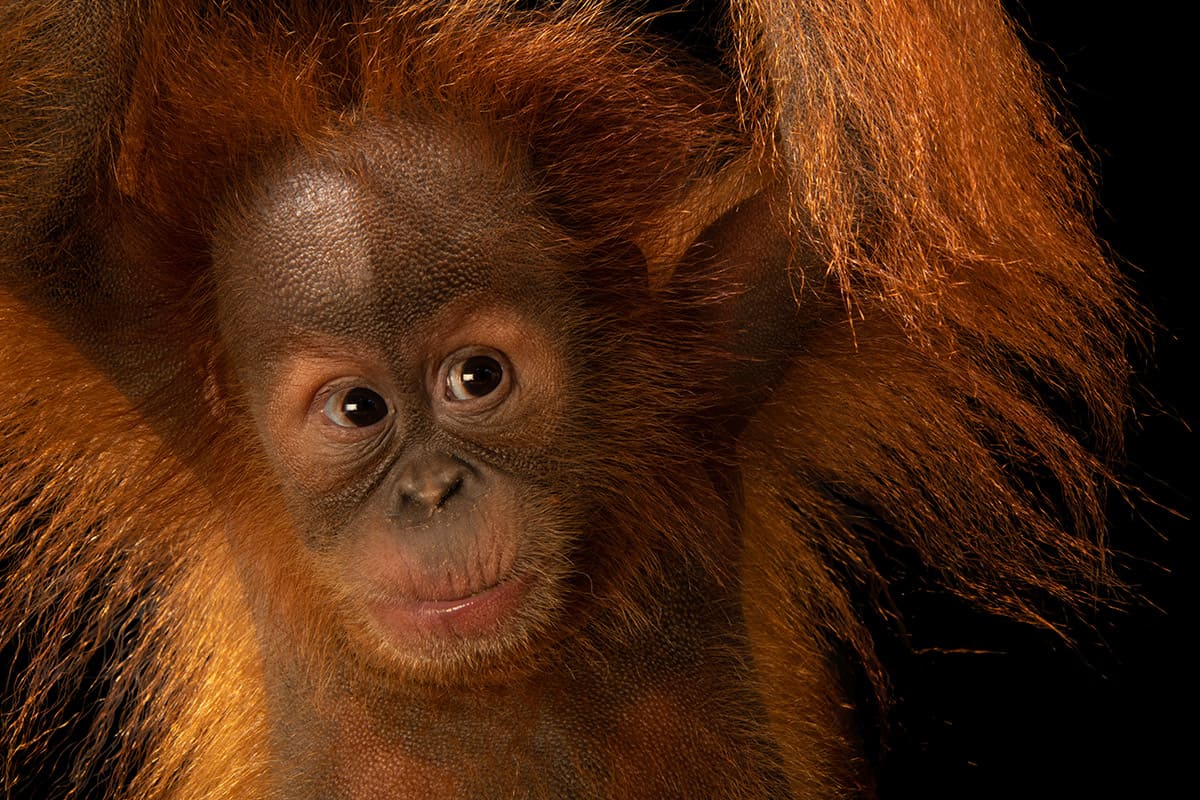
The Sumatran orangutan is getting rarer
Images ©Joel Sartore/National Geographic Photo Ark
Tapanuli orangutan
(Pongo tapanuliensis)
Conservation Status

Critically Endangered (IUCN 3.1)
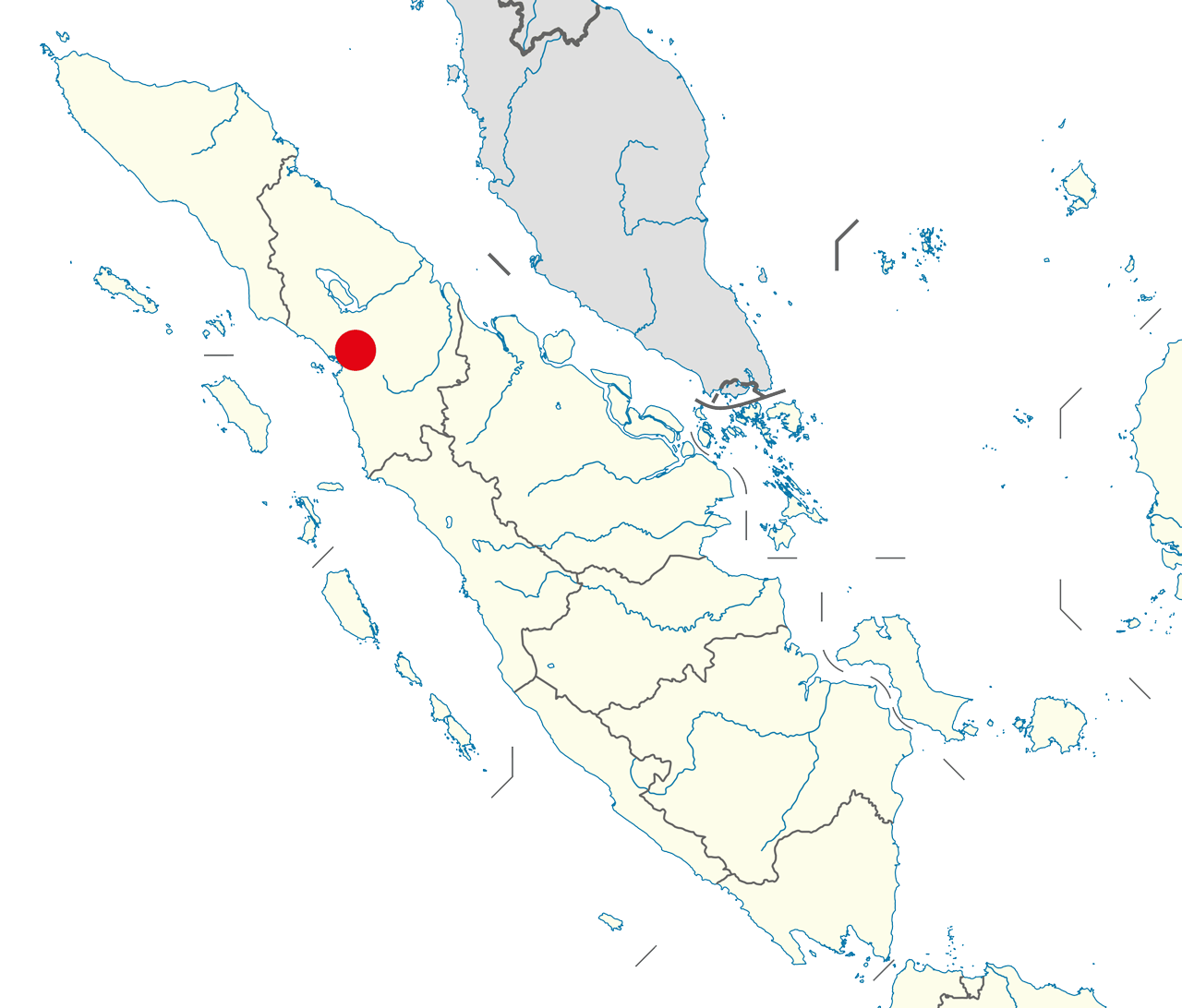
Approximate location in Sumatra
The Tapanuli orangutan (Pongo tapanuliensis) is a species of orangutan restricted to South Tapanuli in the island of Sumatra in Indonesia. It is one of three known species of orangutan, alongside the Sumatran orangutan (Pongo abelii), found farther northwest on the island, and Bornean orangutan (Pongo pygmaeus). It was described as a distinct species in 2017.
Tapanuli orangutans resemble Sumatran orangutans more than Bornean orangutans in body build and fur color. However, they have frizzier hair, smaller heads, and flatter faces. Dominant male Tapanuli orangutans have prominent moustaches and large flat cheek pads, known as flanges, covered in downy hair. Both male and female Tapanuli orangutans have beards but with Bornean orangutans, only the males do.
The Chimpanzee (Pan troglodytes)
Conservation Status
The chimpanzee (Pan troglodytes), also known as the common chimpanzee, robust chimpanzee, or simply chimp,
is a species of great ape native to the forest and savannah of tropical Africa. It has four confirmed subspecies and a fifth proposed subspecies.
The chimpanzee and the closely related bonobo (sometimes called the "pygmy chimpanzee") are classified in the genus Pan.
Evidence from fossils and DNA sequencing shows that Pan is a sister taxon to the human lineage and is humans' closest living relative.

The chimpanzee is listed on the IUCN Red List as an endangered species. Between 170,000 and 300,000 individuals are estimated across its range. The biggest threats to the chimpanzee are habitat loss, poaching, and disease.
Mountain Gorilla (Gorilla beringei beringei)
Conservation Status

Critically Endangered (IUCN 3.1)
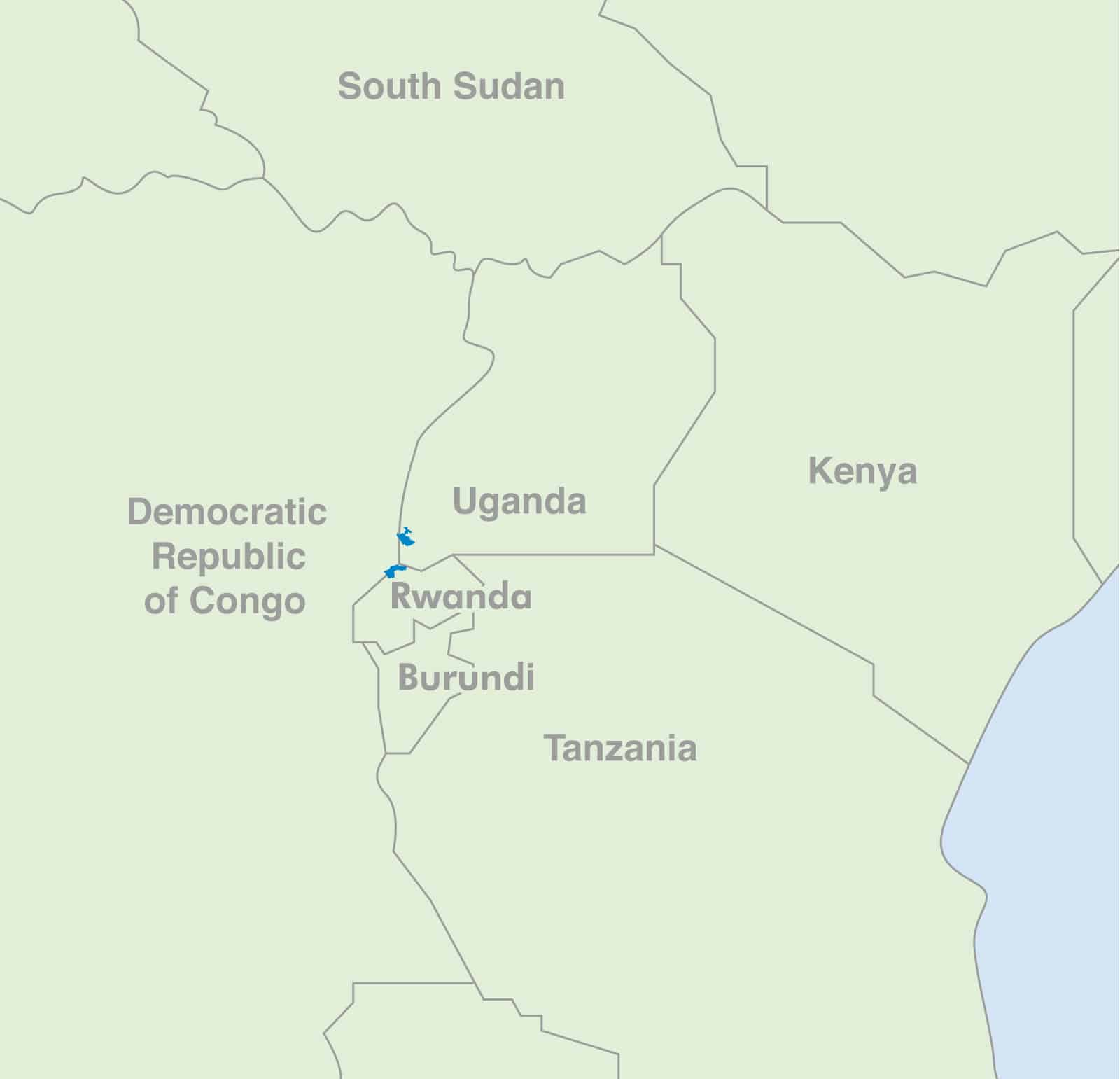
The mountain gorilla (Gorilla beringei beringei) is one of the two subspecies of the eastern gorilla. There are two populations: One is found in the Virunga volcanic mountains of Central Africa, within three National Parks: Mgahinga, in south-west Uganda; Volcanoes, in north-west Rwanda; and Virunga, in the eastern Democratic Republic of Congo (DRC).
The mountain gorilla is listed as critically endangered by the IUCN as of 2018. The other population is found in Uganda's Bwindi Impenetrable National Park. Some primatologists speculate the Bwindi population is a separate subspecies, though no description has been finalized. As of June 2018, there were more than 1,000 individuals.

The mountain gorilla is an endangered species
Black rhinoceros or hook-lipped rhinoceros (Diceros bicornis)
Conservation Status
Critically Endangered (IUCN 3.1)
The black rhinoceros or hook-lipped rhinoceros (Diceros bicornis) is a species of rhinoceros, native to eastern and southern Africa including Angola, Botswana, Kenya, Malawi, Mozambique, Namibia, South Africa, Eswatini, Tanzania, Zambia, and Zimbabwe. Although the rhinoceros is referred to as black, its colours vary from brown to grey.
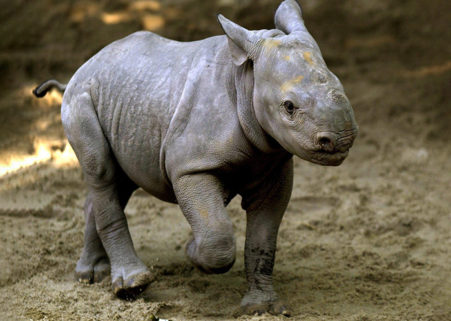
The species overall is classified as critically endangered (even though the south-western black rhinoceros is classified as near threatened). Three subspecies have been declared extinct, including the western black rhinoceros, which was declared extinct by the International Union for Conservation of Nature (IUCN) in 2011
Indian rhinoceros (Rhinoceros unicornis)
Conservation Status

Vulnerable (IUCN 3.1)
The Indian rhinoceros (Rhinoceros unicornis), also called the greater one-horned rhinoceros and great Indian rhinoceros, is a rhinoceros species native to the Indian subcontinent. It is listed as Vulnerable on the IUCN Red List, as populations are fragmented and restricted to less than 20,000 km2 (7,700 sq mi). Moreover, the extent and quality of the rhino's most important habitat, the alluvial Terai-Duar savanna and grasslands and riverine forest, is considered to be in decline due to human and livestock encroachment. As of 2008, a total of 2,575 mature individuals were estimated to live in the wild.

The Indian rhinoceros once ranged throughout the entire stretch of the Indo-Gangetic Plain, but excessive hunting and agricultural development reduced its range drastically to 11 sites in northern India and southern Nepal. In the early 1990s, between 1,870 and 1,895 rhinos were estimated to have been alive.[2]
African elephant (Loxodonta)
Conservation Status
Vulnerable (IUCN 3.1)
The African elephant (Loxodonta) is a genus comprising two living elephant species, the African bush elephant (L. africana) and the smaller African forest elephant (L. cyclotis). Both are herbivores and live in groups. They have grey skin and differ in the size of their ears and tusks, and in the shape and size of their skulls.
Both species are listed as Vulnerable species on the IUCN Red List since 2004, and are threatened by habitat loss and fragmentation. Poaching for the illegal ivory trade is a threat in several range countries as well.

Loxodonta is one of two existing genera of the family Elephantidae. The name refers to the lozenge-shaped enamel of their molar teeth. Fossil remains of Loxodonta species have been excavated in Africa, dating to the middle Pliocene.
Non-Government Organization
overviewNon-Government Organization
A Non-Governmental Organization (NGO) is not connected with the government of any country.
Usually non-governmental organizations are non-profit.
Non-governmental organization (NGO) is a term that has become widely accepted as referring to a legally constituted, non-governmental organization created by natural or legal persons with no participation or representation of any government.
Our People
biographies-
ANGUS MURRAY
Angus Murray founded Preventable Extinction in 2015 to develop sustainable conservation projects that will protect and expand the natural environment while establishing breeding programs for endangered species. Angus Murray held the position of President of Macquarie Bank USA Inc. before starting his own Fund Management Firm in 1996.
Memberships: Flora and Fauna International Conservation Circle, Life Member of the Sierra Club. -
WILLIAM MURRAY
William Murray conceived Art for Preventable Extinction in 2020. He changed the existing structure of the Preventable Extinction NGO to create Art for Preventable Extinction; with the objective of working with globally recognized artists to help prevent the extinction of the world’s animal species. William is based in the United Kingdom.
-
KATY LEO
Katy, our Treasurer is a finance professional with over thirty-five years of broad and diversified experience in the non-profit, private, accounting and financial sectors. She has significant experience in financial reporting and analysis, compliance, budgeting, risk management and human resources.
-
EMILIO JAVIER
BUONGERMINI PALUMBOEmilio is a Director of a large energy company in Paraguay, he has previously held many diverse positions relating to the energy and natural resources industry. Emilio graduated from the University of Asuncion with a Bachelor of Science degree, before further studying Environmental Management & Auditing at the American University in Asuncion.
-
JERONIMO FINESTRA
Jeronimo is a former adviser to the Ministry and an advocate for sustainable energy in Paraguay. He is a practicing Lawyer in Asuncion and also holds a degree in Environmental Law, Environmental Policies and Management.
-
CHRIS HOLCOMBE
Chris, our Secretary, graduated at the turn of the century and began working for an accountancy practice whilst studying, eventually achieving Fellow Membership from the Association of Accounting Technicians. Chris has been working within the Investment industry for two decades and has gained diverse experience through exposure to various internationally renowned regulated jurisdictions.
